“We love to create sounds together, and it wasn’t until recently that I realized how connected the act of “music-making” and the act of having a conversation actually are!
We take turns, we build on each other’s ‘statements,’ we laugh at each other when the other does something funny… and I’m learning to read my daughter’s signals to tell me that the activity – or conversation – is over.
It’s great fun to do together, with the whole family, or with a few friends.”
How often do we sit down with our children and really engage? These days, it’s so hard to do that with anyone.
We are always on the go, always realizing there’s something to catch up on, or something else to get done.
Sometimes, though (and as often as we can!), as parents of young children, we must sit down and look into each others’ eyes – and respond.
Play with a little one doesn’t always come naturally. As grown-ups, many of us have to re-learn what once came naturally to us.
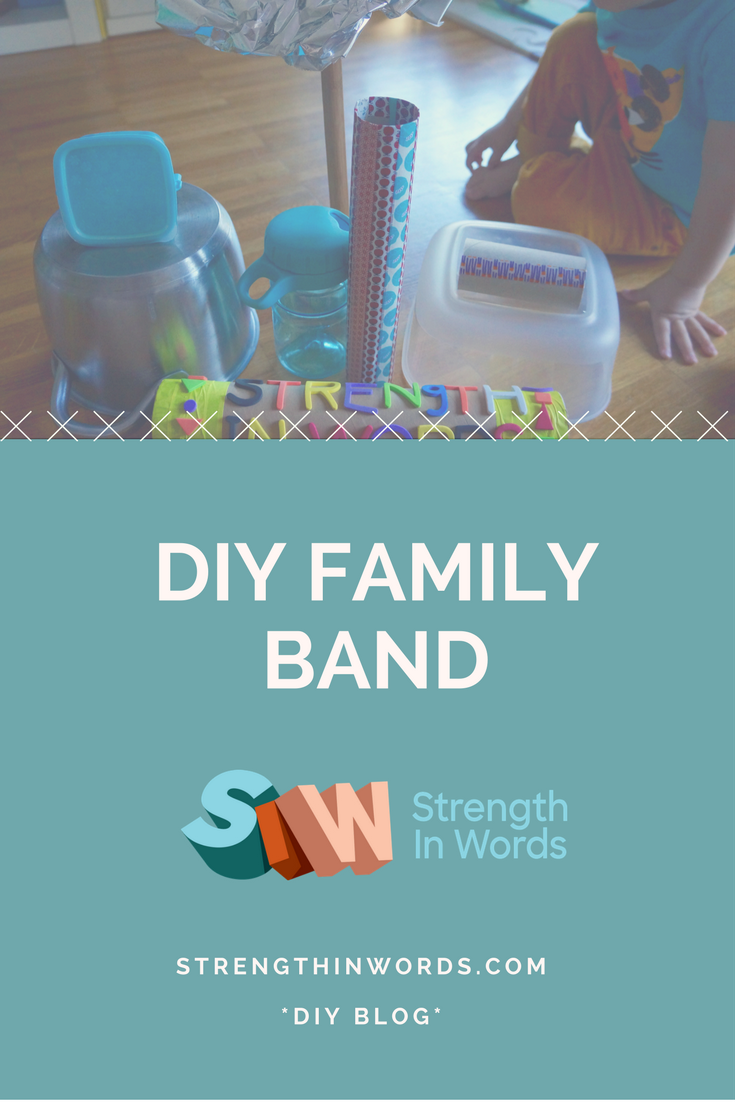
I find that adding a musical element to our play with infants and toddlers really helps us find our “inner child” – even if we don’t consider ourselves musical!
Adding music and rhythm to any interaction creates a focused “activity” (which is often a multi-sensory experience!).
It allows us to express emotions through the sounds (as well as through our actions and our words.
Finally, it can easily add an element of playful creativity (by changing the words around, as we do in each episode of Learn With Less, or by adding silly movements or sounds).
The making of music is also a very community-oriented activity.
In this week’s corresponding podcast episode, Happiness & Relationships, we discussed the impact that relationships in early childhood have on future satisfaction and social/emotional development.
What better way to bring together the whole family than by creating a Family Band?!
We’ve brought together all our favorite DIY Instruments from post past. For an example of the way we used them in song, have a listen to the song we introduced in this week’s episode!
For all of the Learn With Less DIY Instruments, as well as a curated collection of even more ideas, follow my board on Pinterest!
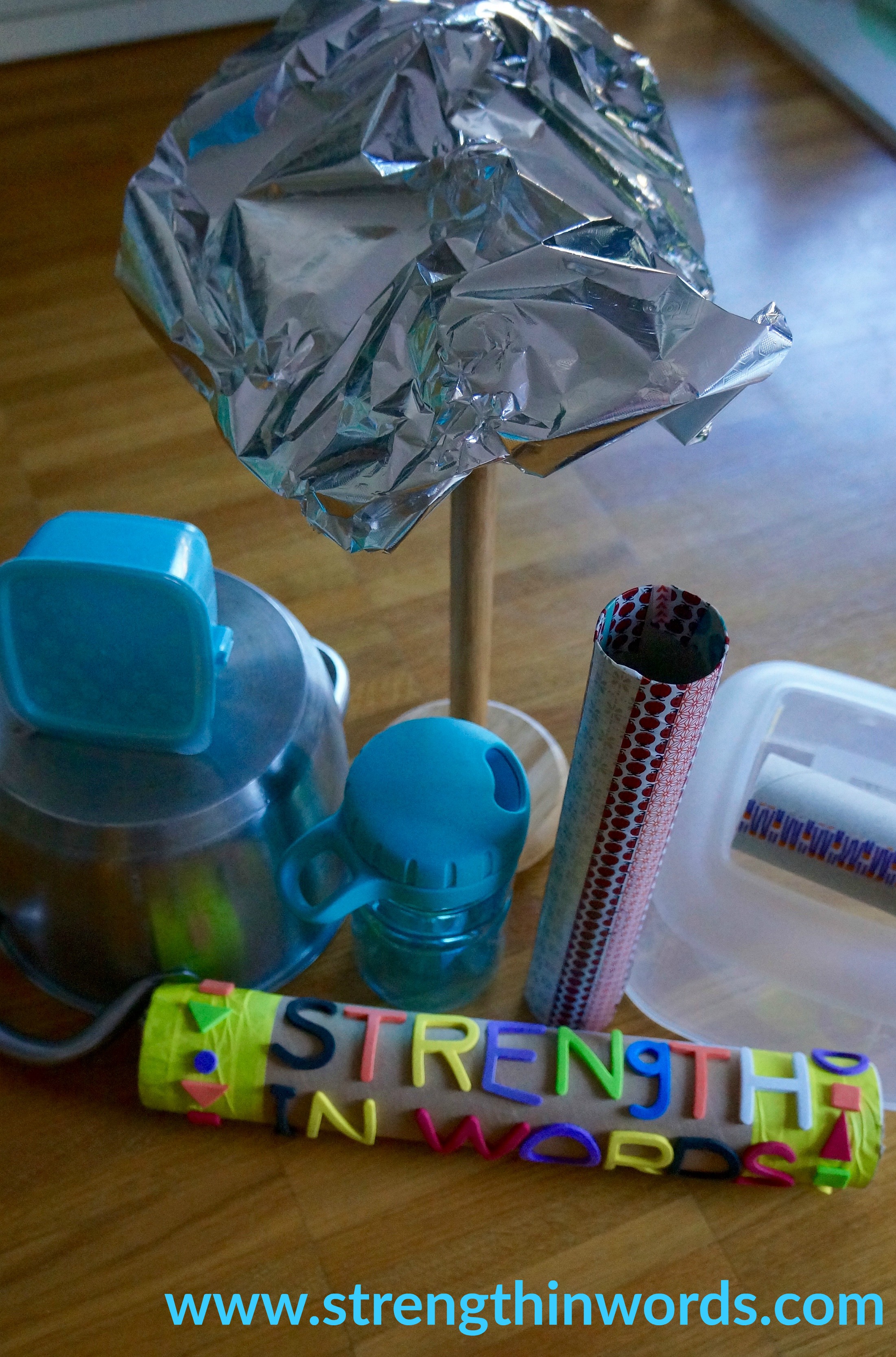
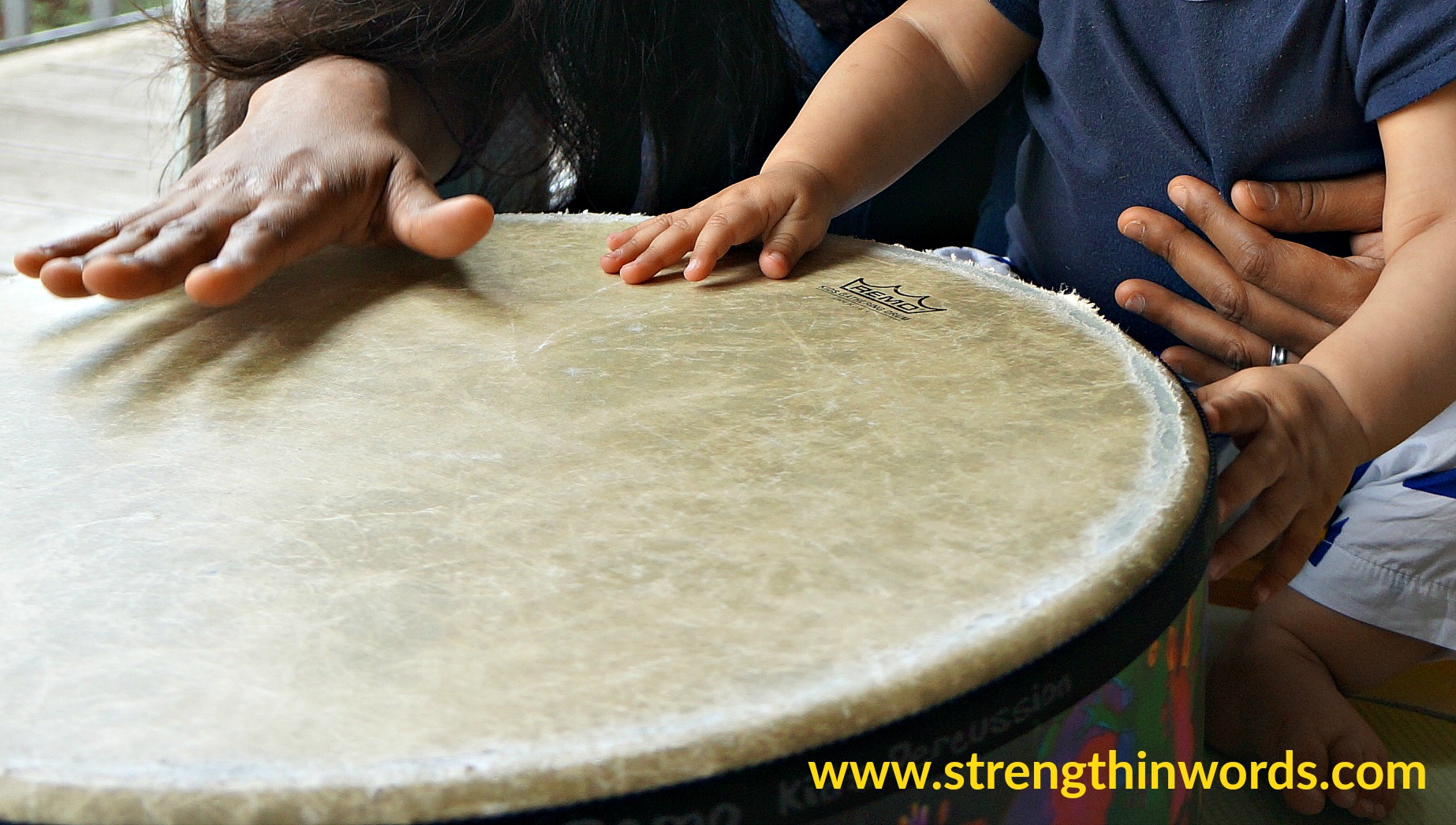

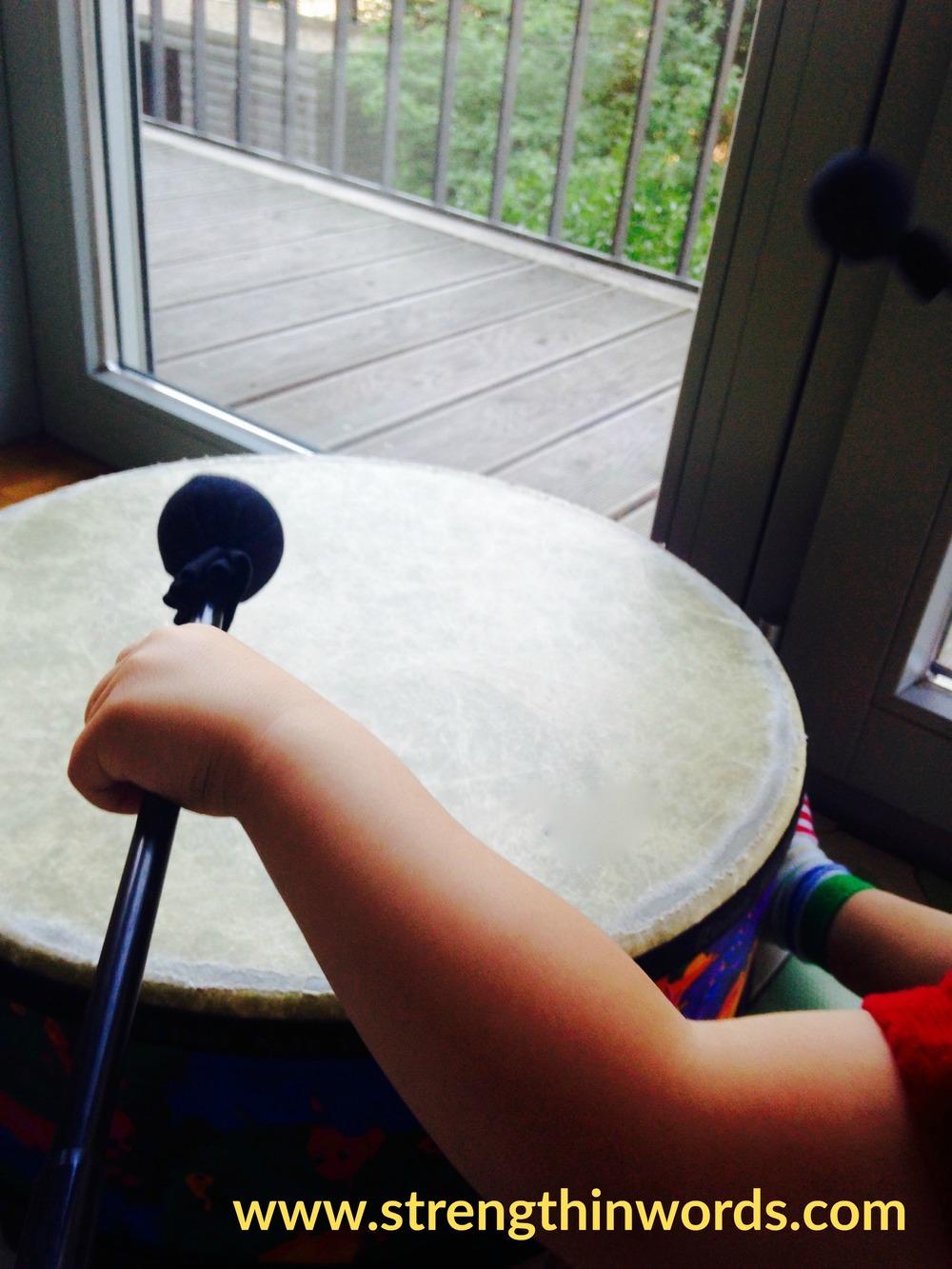
Don't Miss our Corresponding Podcast Episode!
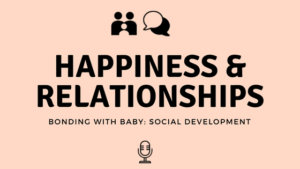
Materials:
- DIY Rain Stick / Shaker
- DIY Paper Roll Microphone
- DIY Corks-In-A-Box Shaker
- DIY Paper Roll & Tissue Drum
- DIY Drum Set for the Littles
- DIY Imitation Drum Activities
- Your voice!
Instructions:
- Separate the instruments into orchestral sections. If using the instruments above, this would consist of:
- Shakers (Rain Stick, Corks-In-A-Box Shaker)
- Percussion (Paper Roll & Tissue Drum, Drum Set for Littles)
- Horns (Paper Roll Microphone)
- Voices (your voice, that of your little one, and any other willing participants!)
- Use the song we sang in this week’s podcast, or another that might feature various instrument sounds!
Ages
- Infants and toddlers of any stage will enjoy hearing the different instruments being played, and will experiment at their own level (mouthing, reaching, grasping, shaking, banging, singing, etc.)
- The key is to model use of the instrument, and let your little one imitate you when he is ready to do so! His experimentation with the materials is also learning. It is his own, developmentally appropriate way of participating in the experience, and informs his early musical learning, just as swatting at or mouthing a book can be considered an early literary experience!
- For a toddler who is able to follow simple instructions, you might cue him when it’s his turn with an instrument, helping him to identify and classify his section (percussion, horn, etc.) or simply allow him to play whenever he feels the urge!
This post contains affiliate links. All activities described by Learn With Less assume close supervision of the child by an adult.

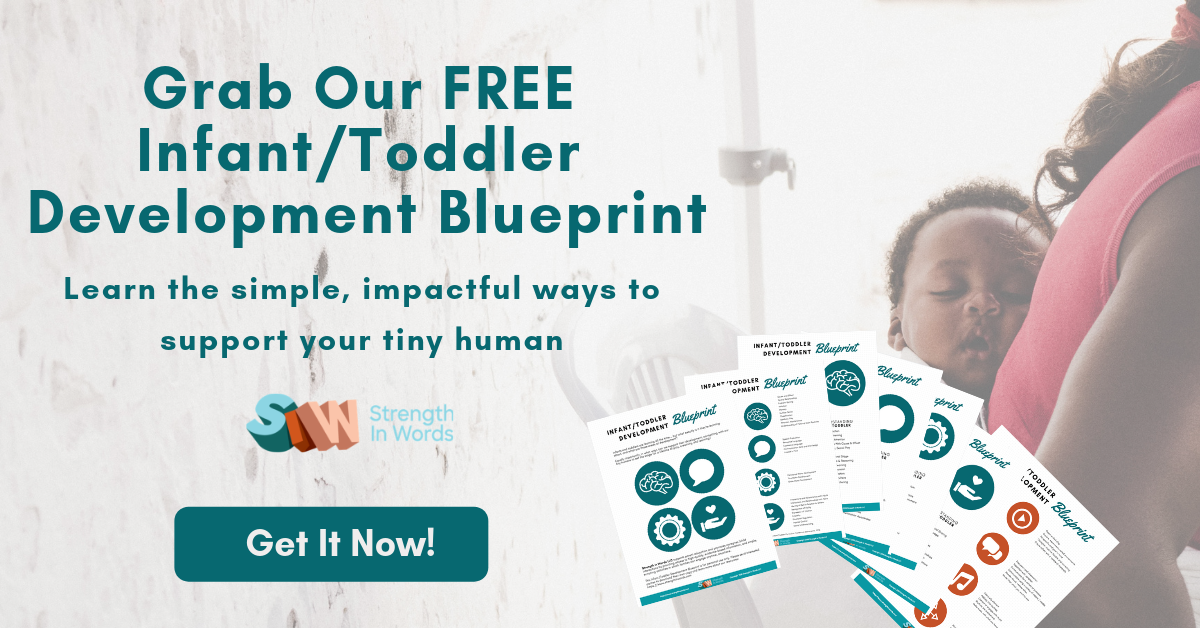
This looks like so much fun for the littles!!
Thanks, Jessica! (I have to admit, I find making instruments pretty fun for big people, too!)
What a lovely idea! Great family night entertainment 🙂 #toddlerapprovedtuesday
Thanks, Leandra! Yes – great fun for the whole family! Thanks for reading 🙂
Music creation is great for tots, I love your instruments. #ToddlerApprovedTuesday
Ah thank you, Fiona!
I can’t believe we’ve never made our own instruments – I definitley need to change this and get the Little Tots busy making their own. Thanks for posting the DIY tutorials and thank you for linking up with #toddlerapprovedtuesday 🙂
Yay! There are so many good DIY ideas – I feel like I’m constantly finding new ones that, once found, I can’t believe I’ve never done! Very happy to help 🙂